
As software engineers and tech consultants, we strive to build products and services that provide great value to users. A positive user experience is key to creating solutions that people truly love and want to use regularly. While tech specs and business requirements are important, we can't lose sight of the human beings who will interact with what we design on a daily basis.
User experience (UX) considers how a user interacts with and experiences our products. It is our job as software engineers to turn the amazing ideas in our heads into interfaces and workflows that are intuitive and frictionless. Seamless UX keeps users engaged with minimal confusion or annoyance. Great UX goes beyond just being usable - it is useful, desirable, enjoyable, and accessible to a wide range of users.
In the past, UX design may have seemed like an afterthought or a role relegated just to designers. But the future of software demands that we software engineers make UX a first-class priority. UX design skills like user research, information architecture, interaction design, and usability testing need to become core competencies for modern software teams.
As technology continues to advance, human-centered UX design will only become more crucial in building experiences that form connections with users and bring them joy.
Approaching our work with UX at the forefront ensures the solutions we craft are shaped by user insights. This article will explore some emerging trends and best practices around UX that we as software engineers can apply to delight users and make products people love.
By stepping into the mindset of our users and focusing relentlessly on UX, we can build software that provides meaningful value for many years to come.
Additional resources:
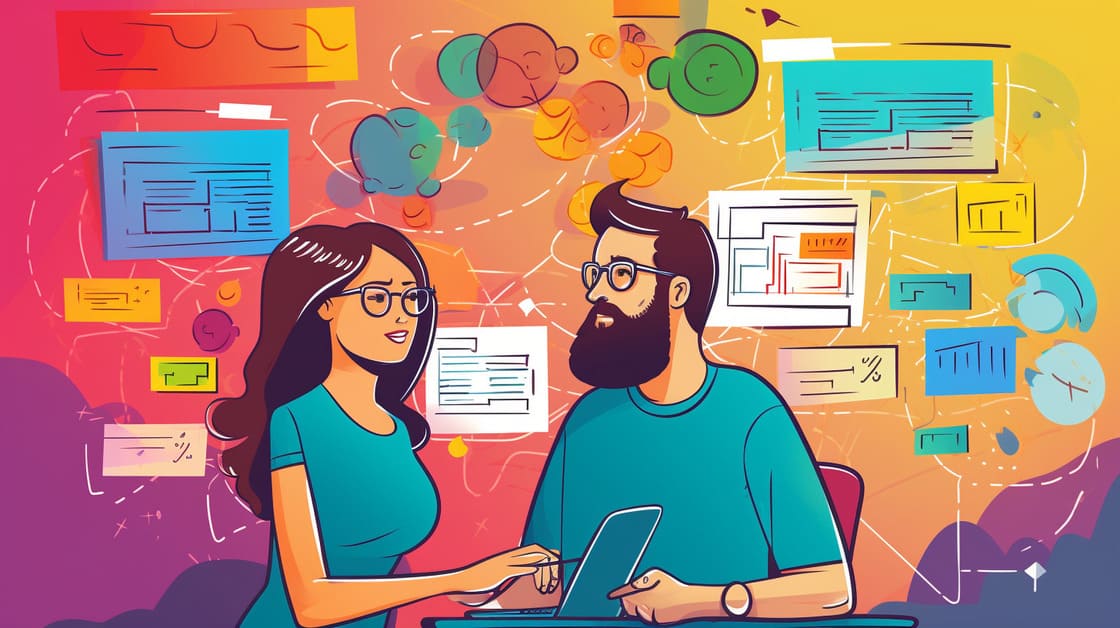
User experience design is constantly evolving as new technologies emerge and users' expectations and behaviors change. Staying on top of UX trends allows us to build products that leverage the latest innovations to provide great experiences.
Chatbots and voice-based assistants like Alexa, Siri, and Google Assistant have made conversational interfaces popular. This provides a more natural way for users to interact with technology through voice commands and text-based conversations.
We should design sophisticated conversational experiences that flow naturally while still maintaining robust functionality underneath. Natural language processing allows our bots to understand nuanced user requests and respond appropriately.
Additional resources:
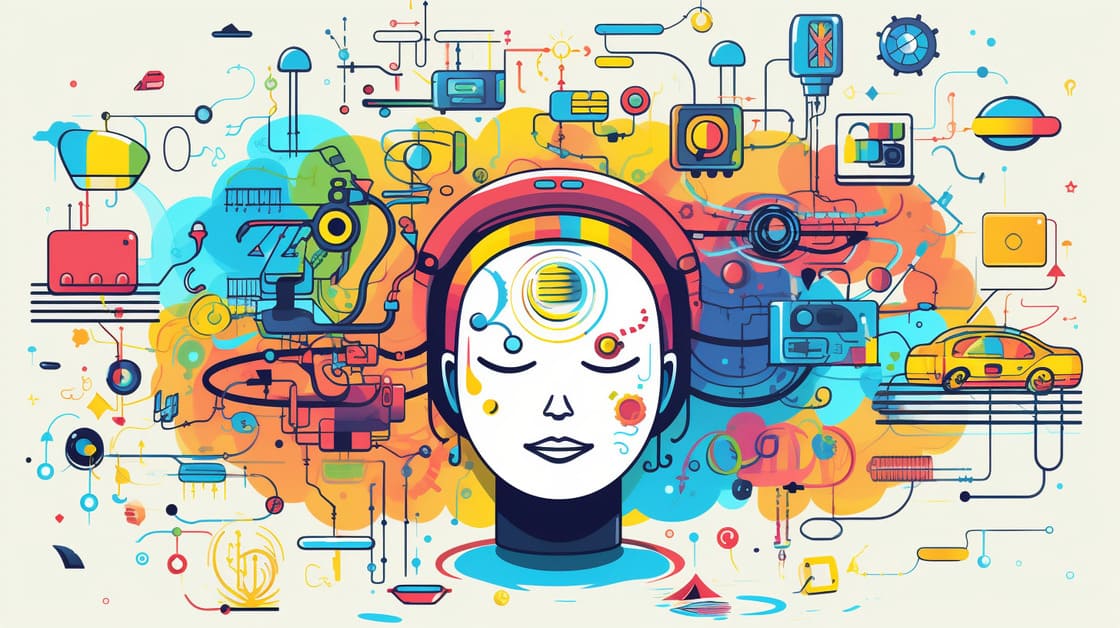
Technologies like augmented reality, virtual reality, and mixed reality enable new types of digital experiences that enhance the physical world or transport users to new ones. AR overlays digital information onto real environments while VR fully immerses users in a virtual space.
Designing for AR/VR requires us to understand 3D environments, movement, and create engaging spaces that users can explore. The potential for education, gaming, and social connection using immersive tech is huge.
Additional resources:
Artificial intelligence through machine learning allows for more predictive and personalized experiences based on individual user behaviors and data.
We need to ethically leverage AI to provide the right information to users at the right time without compromising privacy. Well-designed algorithms can recommend relevant content, customize interactions, and even enable conversational interfaces.
Additional resources:
Accessible design means making products usable by users with diverse abilities and disabilities. UX design has been moving towards inclusive experiences that consider diverse users from the beginning.
Teams should embed accessibility testing and universal design principles into our process. By building accessibility from the start, we create better experiences for all users.
Staying on top of UX trends allows us to build the experiences users will love and come to expect. We can combine innovation with research-backed, human-centered design to create interfaces that delight users for years to come.
Additional resources:
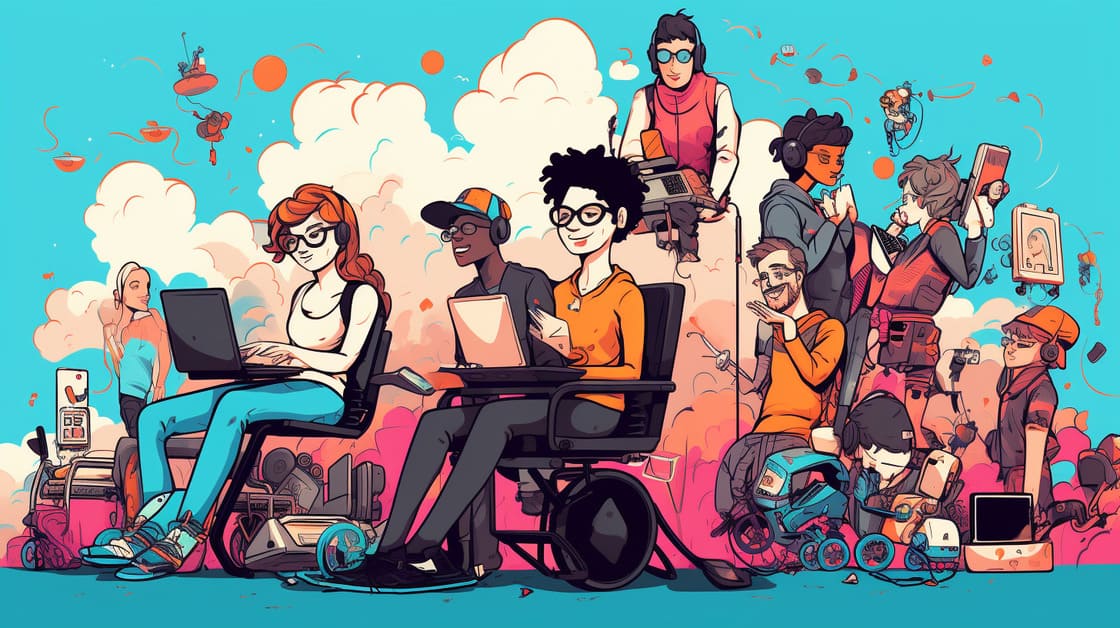
Creating software products that provide great user experiences requires careful attention to certain key elements. By focusing on aspects like in-depth research, iterative testing, and human-centered design thinking, we can build experiences people truly enjoy, find valuable, and want to use frequently.
Studies, surveys, interviews, and observational research help us deeply understand target users' behaviors, needs, motivations, and pain points. Immersing ourselves in users' worlds through ethnographic research provides insights that should drive every design decision.
Having clear research plans and goals keeps this discovery effort focused and productive. The end result is personas and user stories that guide designs.
Additional resources:
Clear information architecture and seamless workflows guide users so they always know where they are within the interface and how to navigate to where they want to go. All interfaces should be consistent, easy to learn, and use regardless of users' prior experience.
Using familiar conventions and patterns lets users transfer knowledge between sections. Simple, organized layouts and taxonomy facilitate discovery.
Additional resources:
Regularly testing designs with real representative users is crucial for identifying issues and gathering feedback for iteration and improvement.
Even problems experienced by a minority of users should be addressed since they indicate areas of confusion. Usability testing gives users a voice at each stage of the design process to help make products fit their needs.
Additional resources:
Tailoring experiences to individuals through adaptive interfaces and AI-driven recommendations better serves diverse users. Reflecting personal preferences, usage history, and context within the UX makes it more relevant to each user.
Giving users control over customization also preserves their agency. Personalization should enhance, not limit, the experience.
Additional resources:
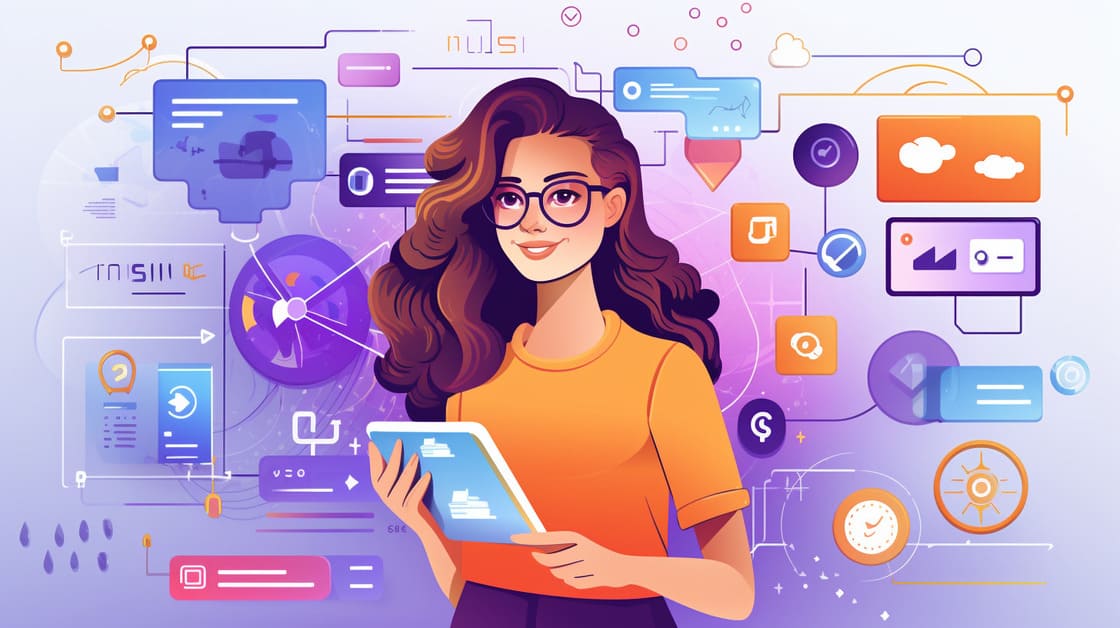
Solutions focused on human needs and emotions over business goals or technical constraints create experiences people intrinsically value. Prioritizing user relationships, well-being, and joy over metrics leads to more human-friendly designs.
Including user perspectives regularly throughout the process via research and testing is key to human-centered development. By thoroughly incorporating these elements and UX best practices into our design and development process, we can craft interfaces that resonate with users and stand the test of time. A rigorous focus on people, not technology, is what leads to beloved software.
Additional resources:
User experience design is becoming critical in differentiating products and services in increasingly competitive markets. UX designers have grown from specialists to strategic drivers guiding development in many organizations.
By applying findings from comprehensive user research and continuously testing with representative users, UX designers are able to iterate and refine designs to meet people's needs. Understanding the latest UX trends allows for building products that feel innovative yet intuitive.
Most importantly, taking a human-centered approach focused on how design impacts emotions, relationships, and lives leads to software people love. With technology transforming rapidly, UX design will only grow in strategic importance to building the best experiences.
Curious to learn more about how human-centered design can help you build software people love? Get in touch to discuss UX strategy for your next project. I'd love to explore possibilities for delighting your users through innovative, intuitive experiences. Let's connect!


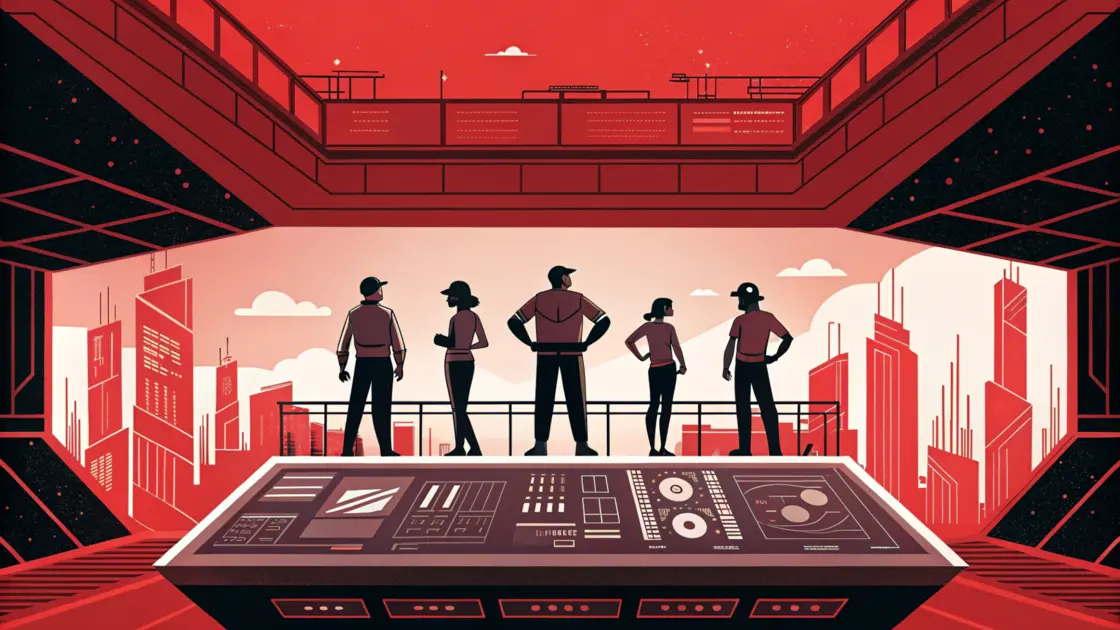

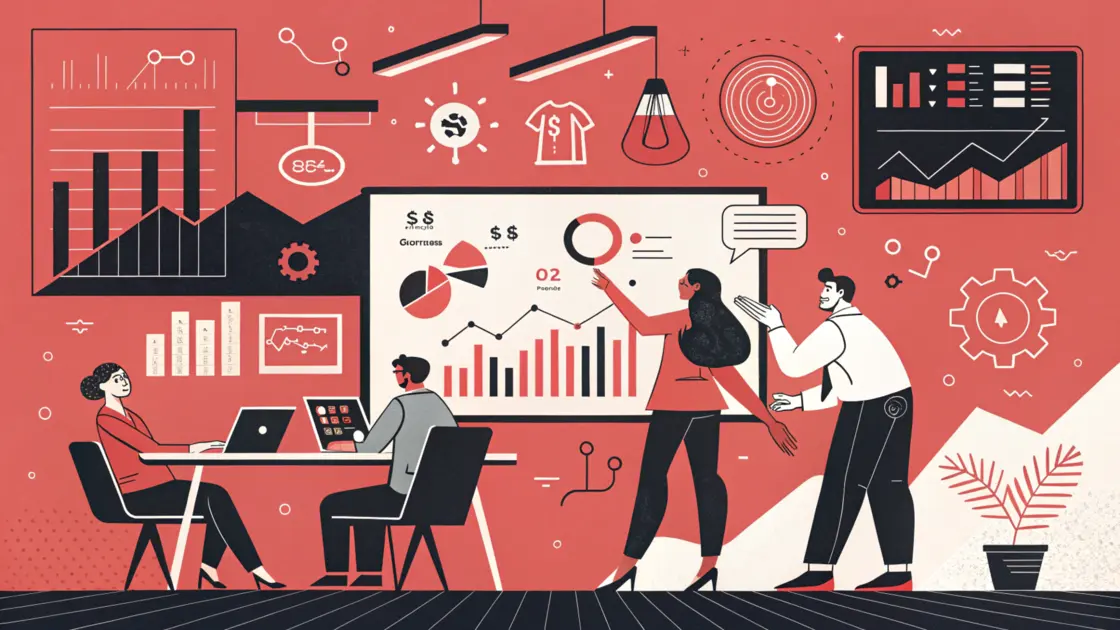
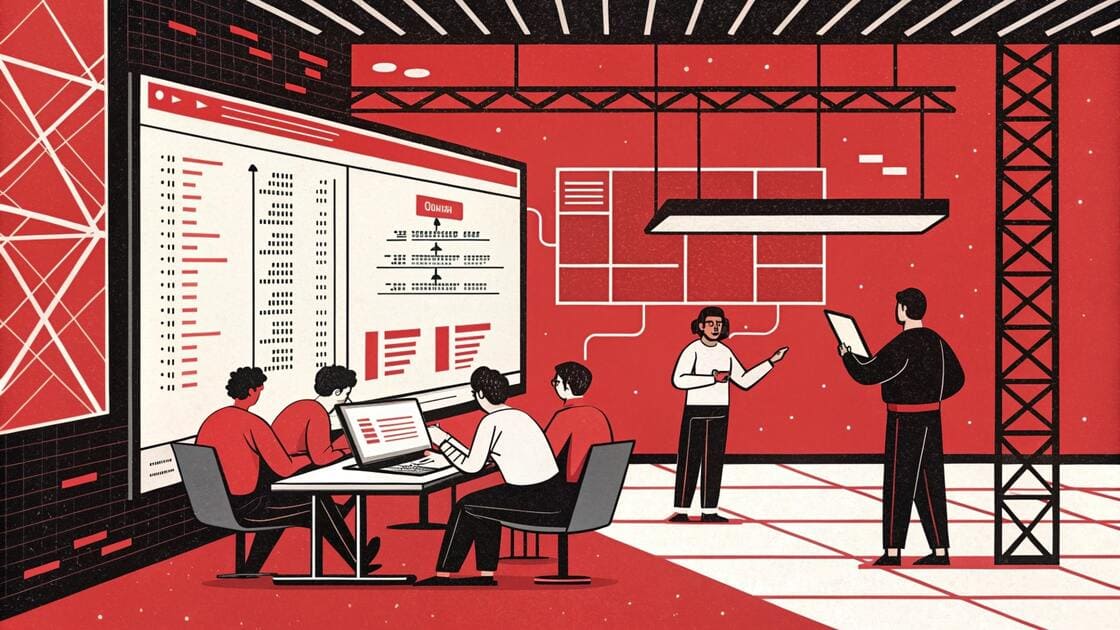
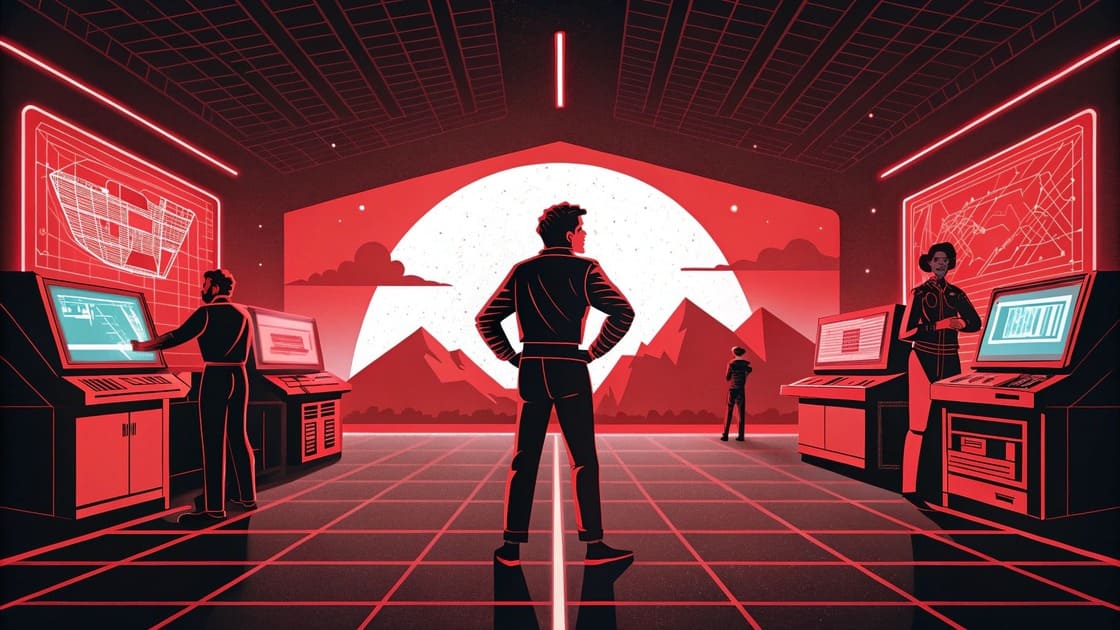
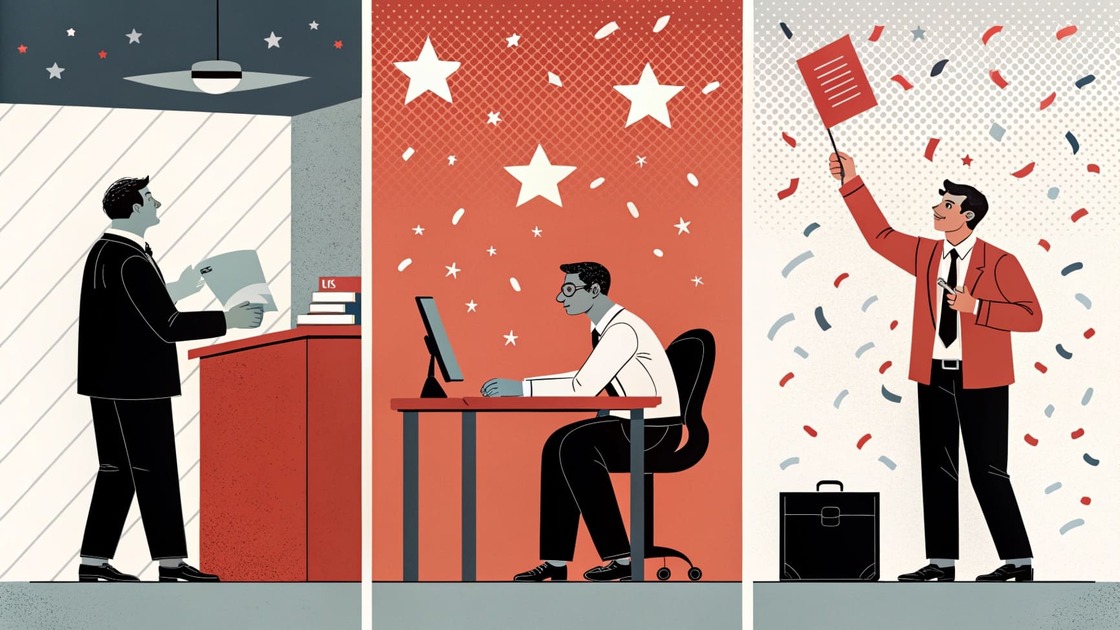





© 2025 Mario Lemes Medina. All Rights Reserved.